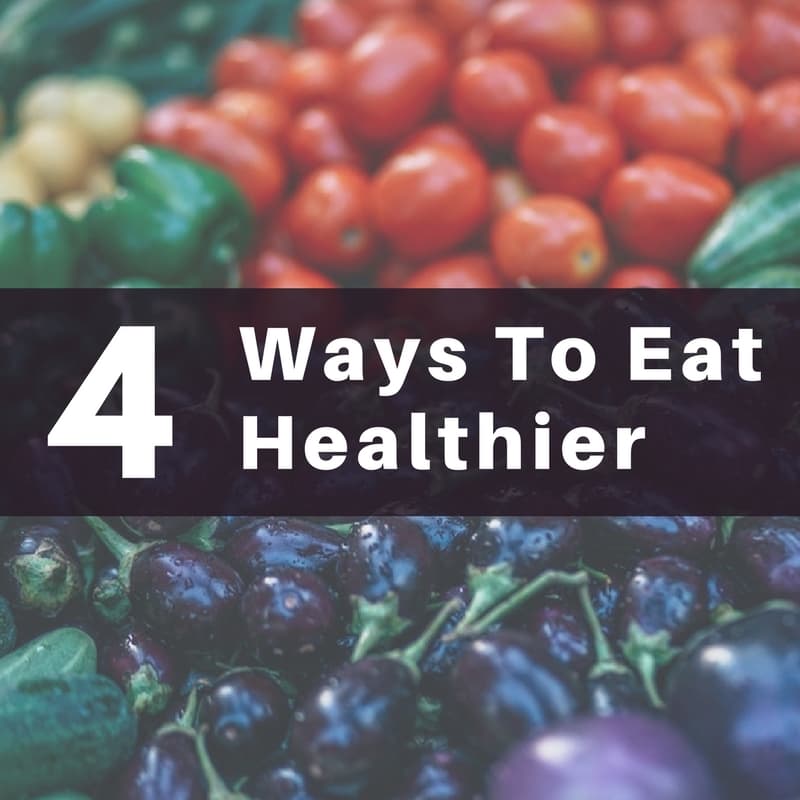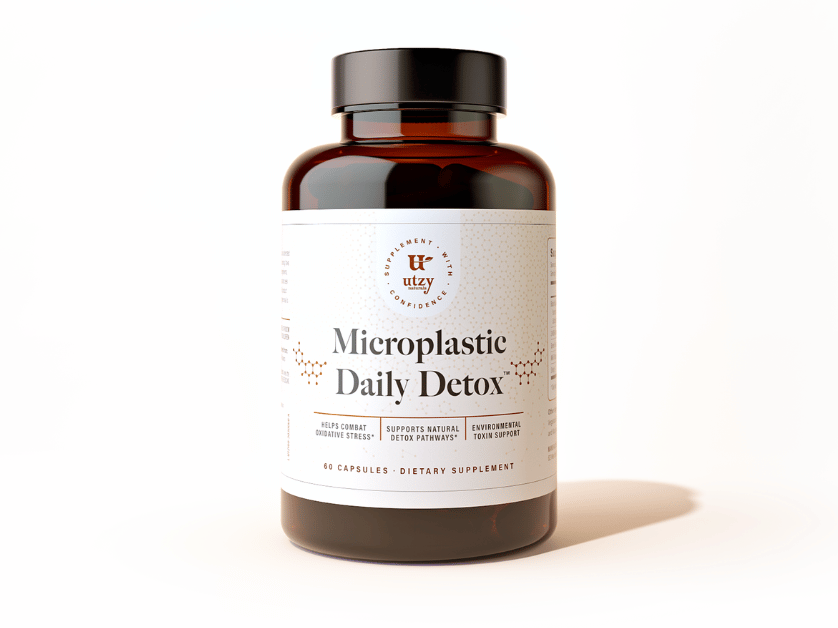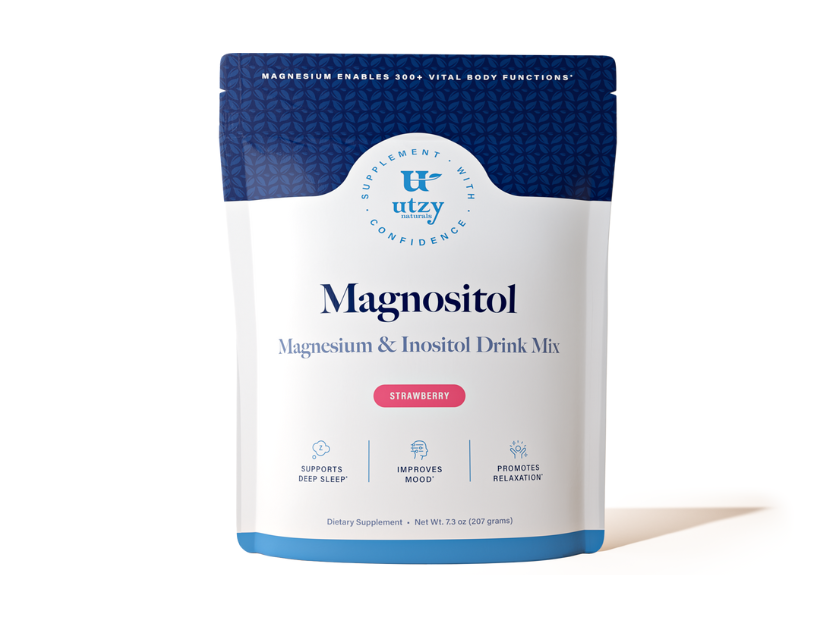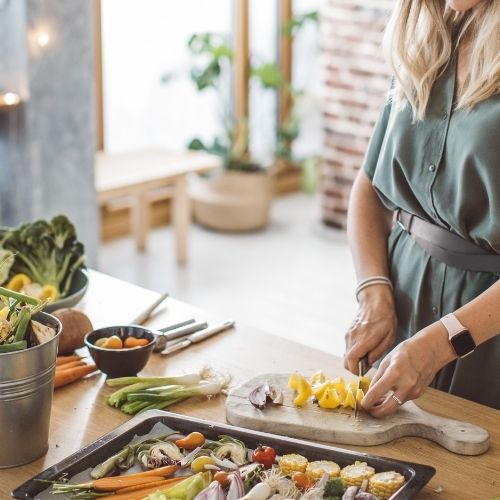shop
learn

How To Get More Fruits & Vegetables In Your Diet
March 01, 2018 4 min read
Whether it’s to lose weight, reduce health risks, or boost your general immunity, it’s good to eat more fruits and vegetables. In fact, there is now evidence that eating more fruits and vegetables is linked to lower early mortality.
Considering that obesity is has reached epidemic levels, you would think more people would follow the recommended guidelines for a healthy lifestyle.
Healthcare providers are helping fight the obesity epidemic, but their patients also need to take initiative to help themselves. Even though there are plenty of health ideals out there, the simple thing is that many of us fail to fill half our plate with vegetables, as is recommended.
To make matters worse, there's a lot of false advertising that lures us into thinking we're eating healthy when we're not. Misleading branding makes it seem like quick fixes such as protein bars and “healthy” microwavable meals are good enough substitutes for real fruits and vegetables.
Even reputable brands like General Mills’ Nature Valley Bars, which is widely consumed, has a lawsuit being filed against it for falsely advertising their products as "all natural". Most of our everyday go-to granola bars could well be filled with harmful ingredients such as high-fructose corn syrup.
The best way to avoid being misled is to stick to fresh fruits and vegetables as your go-to snacking items — it’s almost always better to munch on baby carrots or cucumber sticks rather than supposedly “all natural” protein bars with “no added preservatives”.
The ugly truth is that it’s easy to let our health and eating habits take a backseat as we navigate our increasingly busy lives. Use these tips to incorporate more fruits and vegetables into your daily diet:

Eat The Rainbow
You might have seen the heavily trending hashtag “#EatTheRainbow” on Instagram. There’s a reason for this: the best way to get all your daily nutrients is to eat a variety of colorful fruits and vegetables.
This handy infographic gives you a quick overview of produce that falls into different color categories — use it to plan your lunchtime salad bowls, much like our Greek salad recipe here.
Looking at produce as colorful items that can beautify your plate is more enticing than perceiving them as fruits and veggies; the increased “pretty plate” factor will make you want to eat your veggies even more.
Get Creative with Smoothies and Juices
Smoothies, smoothie bowls and juices are all the rage these days. From delicious breakfast smoothie bowls to raw pressed vegetable juices - these are some of the best (and yummiest) ways to ingest more vegetables and fruits.
The best part about making these smoothies and juices is that the possibilities are endless! Take a look at our Açaí bowl recipe - it’s loaded with fruit, and packs a punch in terms of energy.
Similarly, the internet is full of recipes for juices and smoothies that help increase your intake of produce. Green juices are especially good for you, and a great way to drink your leafy veggies that you might not like eating.
You could also try adding in superfood powders and supplements for an additional nutrient boost. Not only do smoothies and juices have health benefits, but they’re also really fun to get creative with - not to mention, they’re perfectly Instagrammable!
Eat (and Snack) Mindfully
Mindful eating is easier said than done. Like every one of us, you’ve probably binged your way through bags of chips while getting lost in a television show, or continuously munched on fast food while completing an assignment for work or school.
If this sounds familiar, take a step back and force yourself to be mindful of your eating habits. Busy college students are often at risk for eating unhealthily without even realizing it due to their tight schedules.
If you are prone to stress eating, or eating alongside completing other daily tasks, make sure your snackable items fall into the healthy category. Snack on raw veggie sticks, bite into an apple, eat some dried fruits - but don’t cave and run to the nearest vending machine.
Prep Your Meals
Another efficient but often overlooked way of including more produce in your diet is to prep your meals in advance. Some of the most regularly cited reasons for not eating enough fruits and veggies include not having enough time to prepare them in an appealing manner and not having enough time to shop for fresh produce.
Meal prep is your all-in-one solution to these problems.
Spend some time over the weekend shopping for produce at farmers markets, and then prepping your meals for the week. While prepping, include a large portion of veggies in every meal, add a fruit to snack on, and some dried fruits and nuts for dessert.
Having your meals ready in advance is almost like going to a restaurant — you don’t have to spend any time in the kitchen since you prepped over the weekend, all you have to do is sit down and eat! Meal prepping with veggies and fruits is very convenient, and leaves you with no excuse to not make healthy choices.
Fruits and vegetables are beneficial in so many ways, and there’s no proven downside of including more of them in your diet. So give it a go, and try to amp up your vegetable and fruit consumption with these tips — pretty soon, your body will thank you for it.
_________________________________________________
Avery Phillips is a freelance human based out of the beautiful Treasure Valley. She loves all things in nature, especially humans. Comment down below or tweet her @a_taylorian with any questions or comments.
Leave a comment
Comments will be approved before showing up.
Also in Health
Subscribe
Sign up to get the latest on sales, new releases and more …
Join the Utzy Naturals Club!
Sign up and get the latest on sales, new releases, and more...





